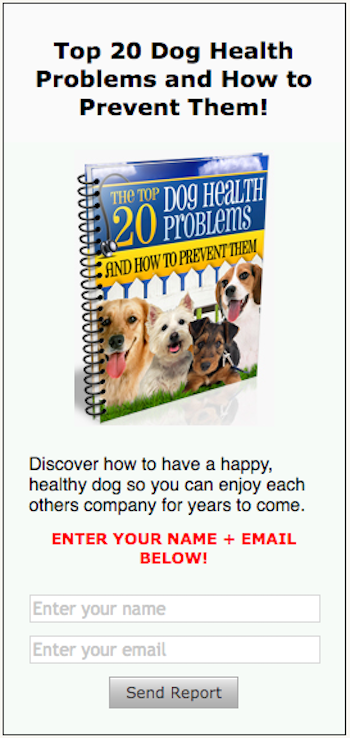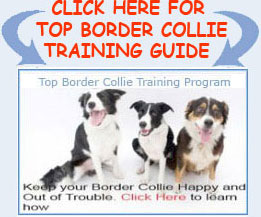Stop your Border Collie from Jumping
Dogs love to jump on things . It’s a way of showing their excitement coming to meet someone, and ultimately purging excess energy that they tend to build up, and your Border Collie is no exception. However, it can be dangerous, especially if your dog is big or if there are small children or elderly people around. The last thing you want is your dog knocking over your grandmother and breaking a hip or taking down a neighbor’s child on accident while trying to play.
Why Your Border Collie Jumps
In their world, jumping is a sign of endearment and a way to parlay excitement when someone returns. Puppies will jump up on their mothers when they are young and the mother returns, and as a result, that behaviour translates to greeting an owner or a new person to the house that excites them. In some cases dogs will also jump up to exert dominance over another dog or another person. If you’ve ever seen a dog jump onto the back of another dog’s neck, this is what they are doing – showing that dog that they are superior.
Stopping the Jumping
Jumping can be stopped in a number of ways. However, many people don’t utilise the proper techniques, instead giving their dogs attention they don’t need and reinforcing that jumping behaviour. Think of it this way. If your dog were able to talk, they’d be saying “look at me! Pet me! Play with me!” when they jump on you. If you look at them and give them attention, you’re doing exactly what they want, effectively rewarding the bad behaviour.
So, things like grabbing their paws or pushing them away – while they are effective immediately – will not work in the long run. They’ll simply do it again, knowing that additional attention is incoming. When it comes to yelling or showing anger, you’ll only confuse your dog and in some cases, and create potentially dangerous situations when a dog doesn’t know how to greet a stranger to the home.
Properly Ignoring Your Border Collie
Like many attention-seeking behaviours, jumping can be dealt with best by simply ignoring the dog. Turn away from them and continue about your business. You should not make eye contact, talk to, or touch your dog for the first few minutes you enter the door. This can be very hard to do, and if you have a family, you’ll need to lay down strict rules about how to greet the animal, avoiding that anxious, jumping behaviour. For many dogs, that early attention can even breed separation anxiety – causing them to react when you leave or come home.
Of course, you don’t need to ignore your dog forever – just until they relax and stop moving. They might stand patiently waiting, or if they are well trained, they could sit or lay down waiting for your attention. Once they’ve give you their calm attention, you can reward them softly. Don’t get them excited again, but offer them a bit of attention and even a treat if you have any. The goal here is to teach them that your attention will only come when they are calm and patiently waiting for you.


